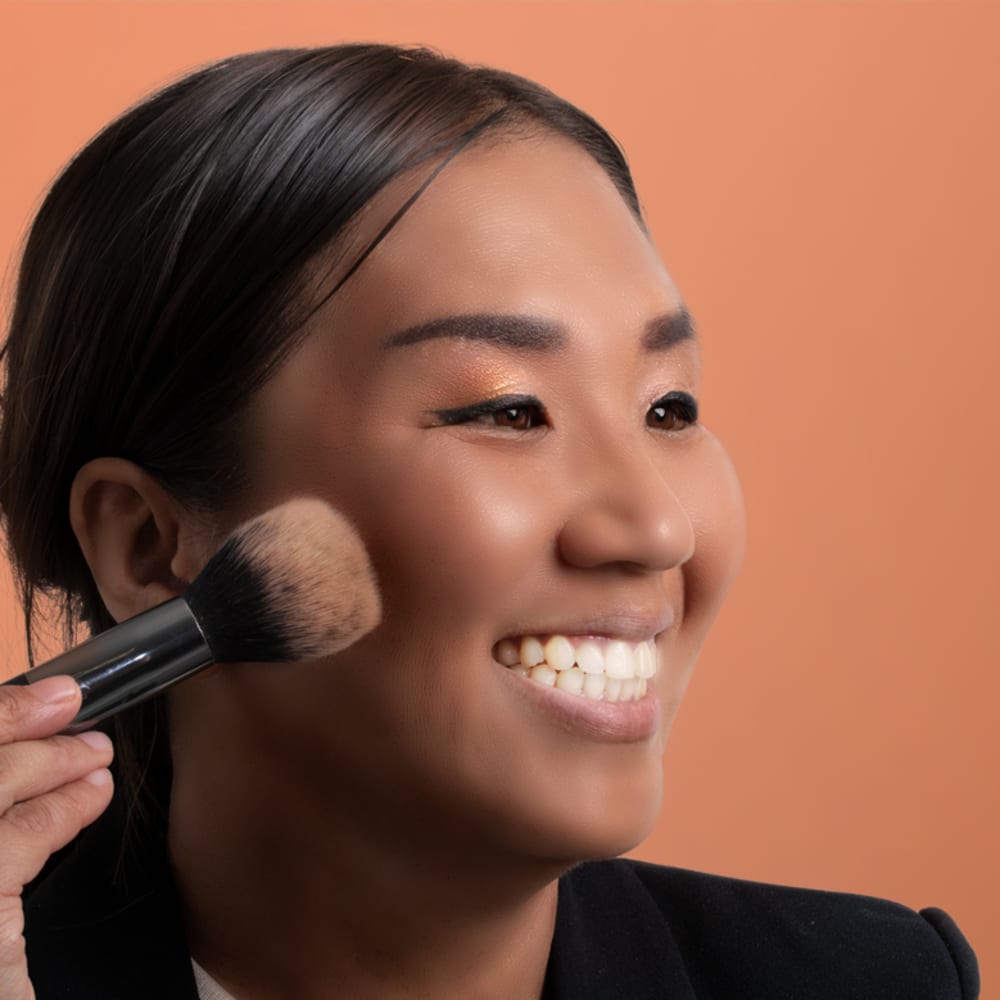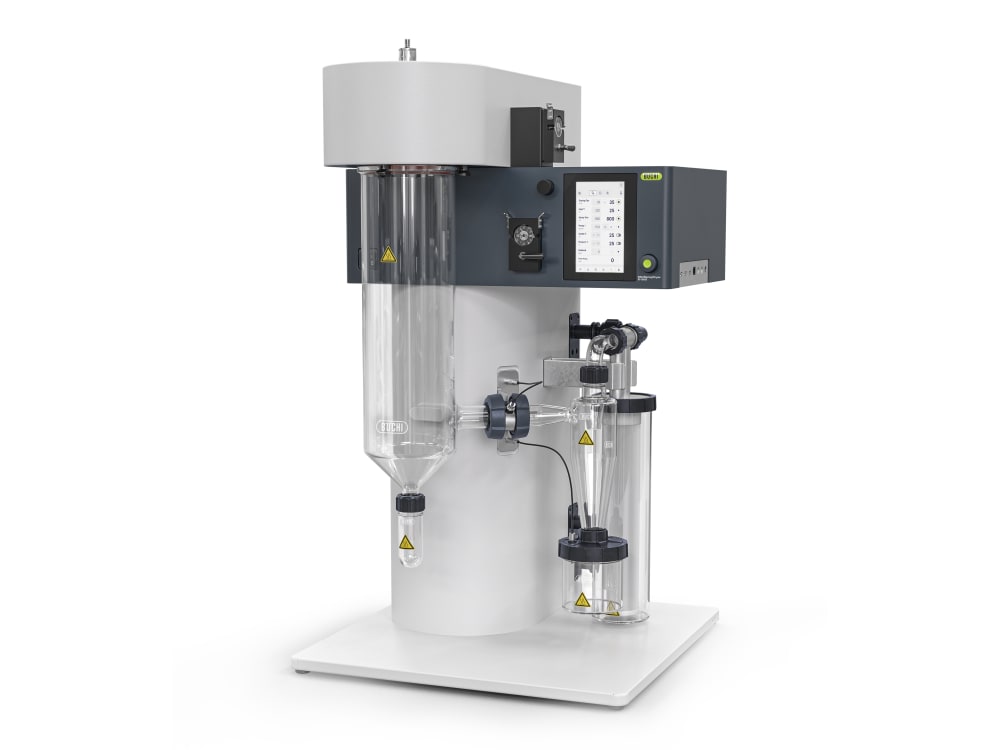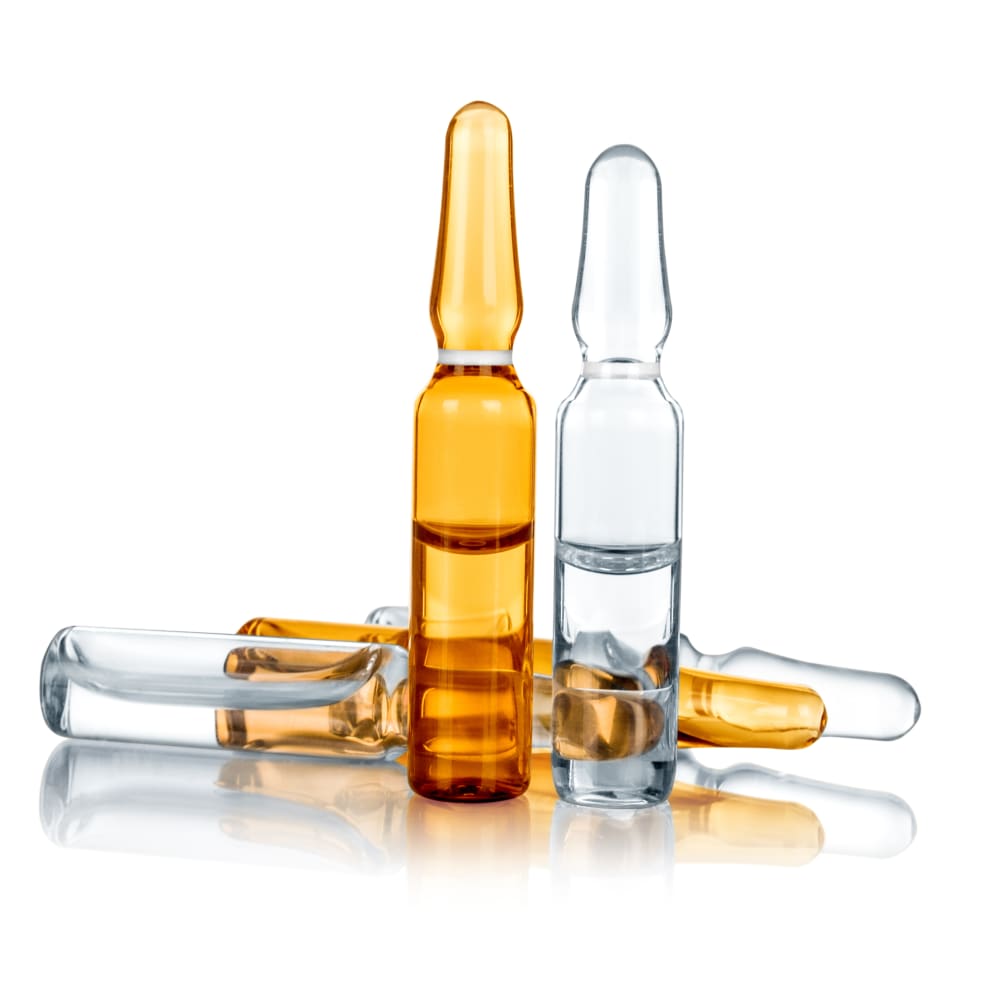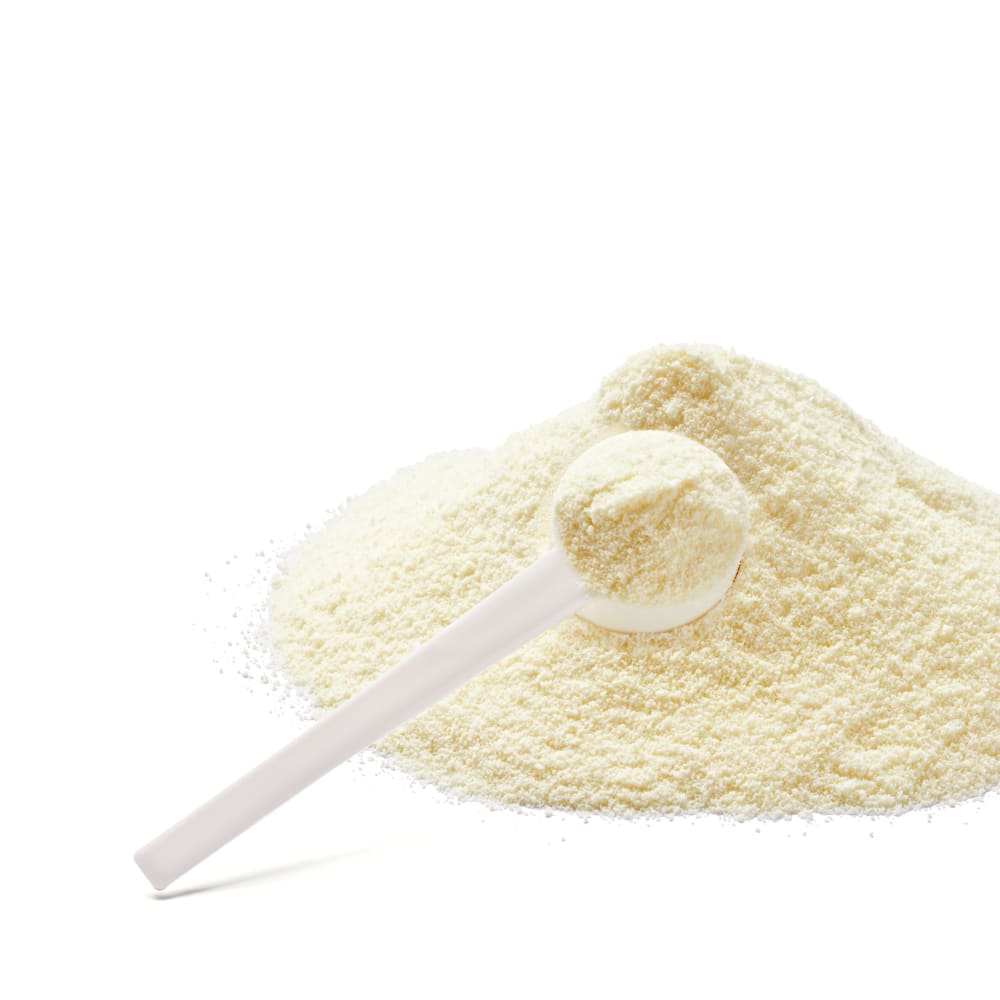Spray Drying of Polyacrylate and Silica Nanosuspensions
Application Note Mini Spray Dryer B-290 Polyacrylate and Silica Nanosuspensions
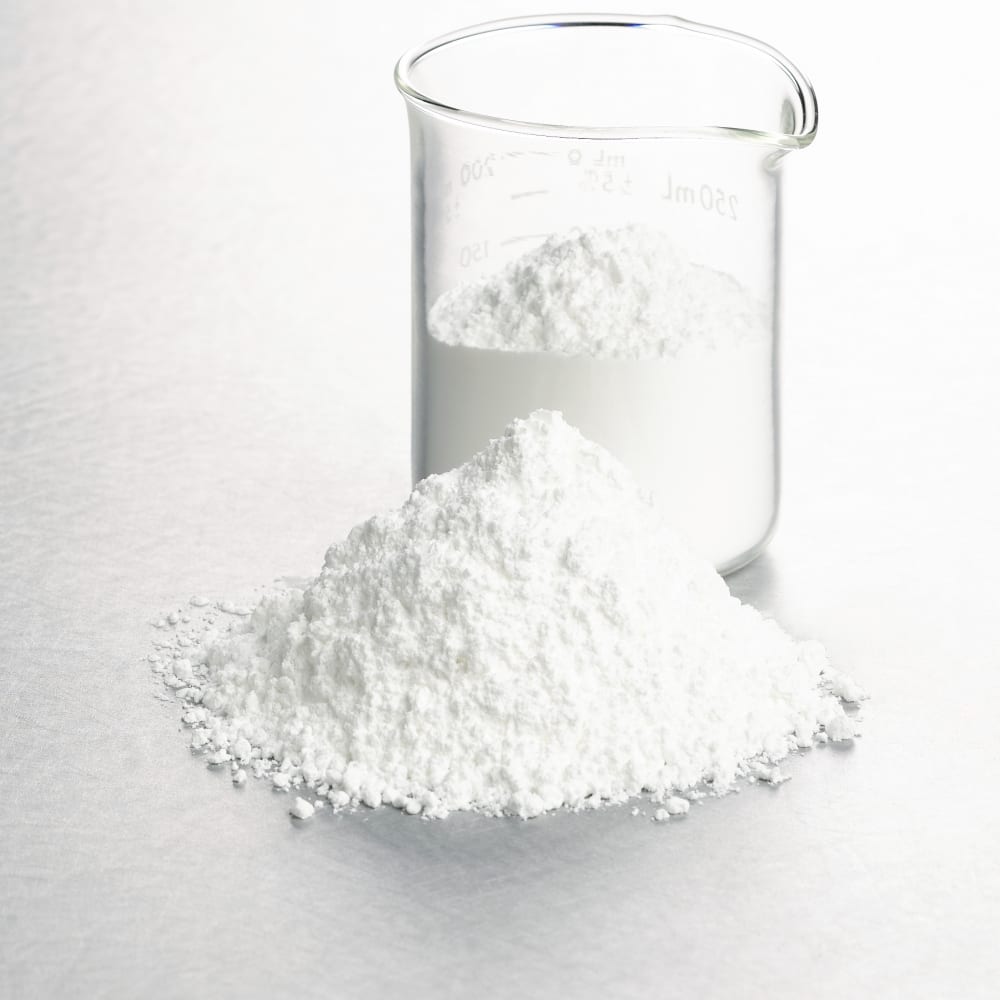
Spray drying is a popular method for producing polyacrylate and silica nanosuspensions in large quantities. The process involves mixing the polymers with water and silica, and then spray drying the mixture into fine particles. The resulting nanosuspensions have a high surface area and can be easily dispersed in various liquids.
Polyacrylate and silica nanosuspensions have various applications in different fields. In the cosmetics industry, they are used as skin care products, hair care products, and sunscreens due to their ability to provide UV protection and improve the texture of the skin and hair. In the pharmaceutical industry, they are used in drug delivery systems to enhance the bioavailability of drugs and improve their stability.
Polyacrylate and silica nanosuspensions are also used in the food industry as food additives to improve the texture and stability of various products, such as dairy products, beverages, and sauces. In addition, they have potential applications in the field of energy, as they can be used in the fabrication of photovoltaic devices and energy storage systems. Overall, the spray drying of polyacrylate and silica nanosuspensions has wide-ranging applications in various industries due to their unique properties and versatility.
Please see the application not for startin paramters and some results.
Registrati
Strumenti correlati
Applicazioni simili
Compositi a base di grafene per batterie al litio mediante spray drying
I compositi a base di grafene possono essere utilizzati per migliorare la conduttività elettrica e le prestazioni cicliche delle batterie al litio (LIB). In questo documento, scoprirete di più sui passaggi necessari a ottenere compositi a base di grafene utilizzando la tecnica spray drying. Approfittate di un’illustrazione del modo in cui vengono sintetizzati i compositi a base di grafene, scoprite la funzione di varie polveri di grafene nella ricerca e sviluppo di batterie e osservate i parametri di processo per la tecnica spray drying di vari materiali a base di grafene.
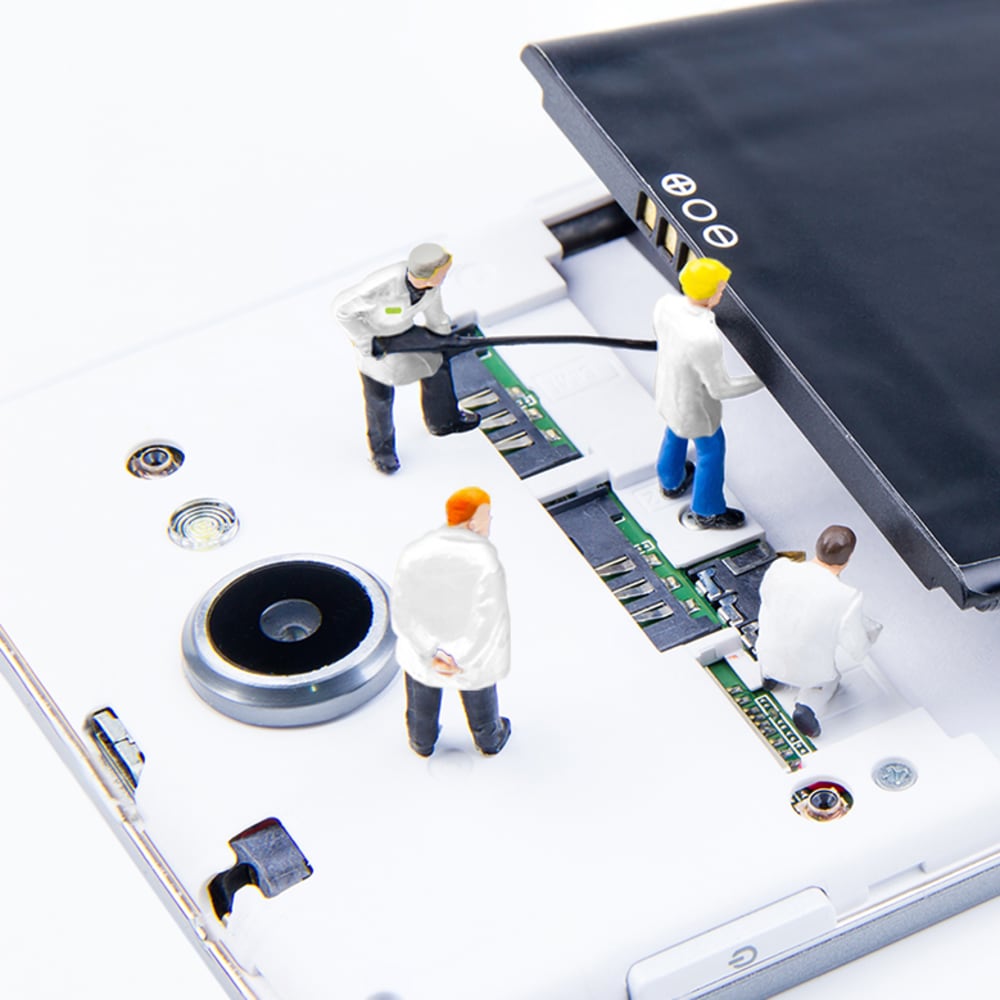
Rivista Cosmetics Lab Vol. 2
Nel numero 2 di «COSMETICS LAB», otterrete informazioni utili sul modo in cui trasformare la materia prima naturale in composti attivi. Approfittate delle informazioni utili sulle tecniche utilizzate in tutte le fasi dello sviluppo dei cosmetici. Imparate come estrarre e controllare gli ingredienti attivi e come utilizzare la cromatografia per purificare la materia prima. Inoltre leggerete curiosità, oroscopi, quiz e un’intervista esclusiva sul tema della lotta alla disinformazione nell’industria cosmetica.

Consulente di formulazione per campioni di olio di cannabis
Grazie a questo documento gratuito, otterrete informazioni utili su spray drying e incapsulamento, due tecnologie comuni utilizzate per formulare i cannabinoidi. Inoltre, otterrete informazioni sul motivo per cui abbiamo bisogno di cannabinoidi in polvere in primo luogo.
Utilizzate la guida per ottenere facilmente una forma vendibile di cannabinoidi.
Rivista Cosmetics Lab Vol. 3
Nel numero 3 di «COSMETICS LAB», troverete tutto ciò che c’è da sapere sulla realizzazione del make-up. Migliorate la vostra competenza nella formulazione acquisendo informazioni approfondite su micro-incapsulazione e spray drying. Inoltre, leggete consigli su formulazione di cosmetici, ricette, quiz, oroscopi e un’intervista esclusiva a un esperto di micro-incapsulamento.
